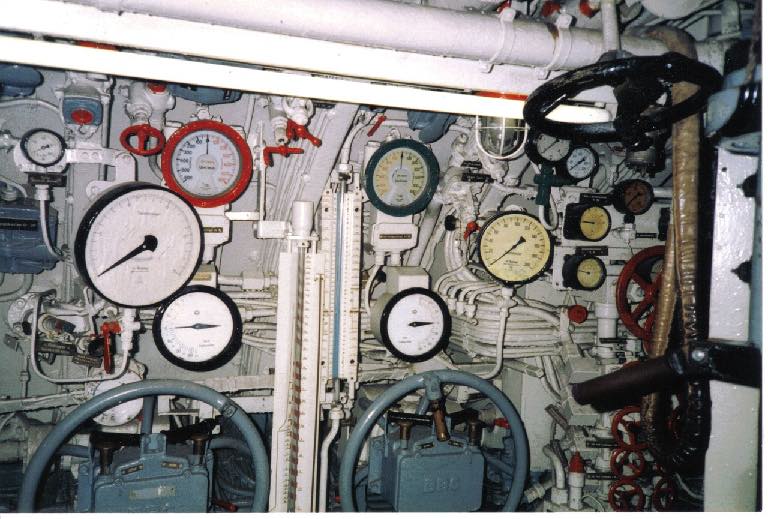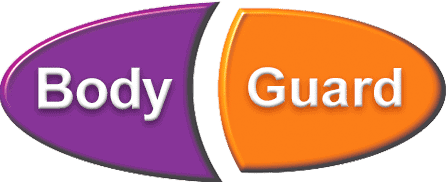If you’re a site manager, safety officer or the owner of a business that operates in potentially hazardous environments, the onus is on you to manage workplace risks. It’s your responsibility to ensure the workplace in which your people work is safe from environmental hazards, either through elimination or control.
It’s also your responsibility to ensure your personnel are trained to perform their duties — in the safest way possible.
Managing workplace risk is an absolute must. Whether your business is small, medium or large, risk management is a legal requirement. In order to be legally compliant, keep your people safe from harm and manage hazards effectively, an overview of the risk management process’ 4 steps are below.
Step 1: Identifying the hazards in your workplace
Identifying workplace risk is to find anything which could potentially cause harm to the people working on your site. The physical work environment, equipment, materials, and substances used by your staff need to be assessed.
As a safety authority figure on your site, you should inspect your work environment on a regular basis to identify workplace risks. Through simple observation, you can see what people are doing, how they’re operating equipment and utilising chemicals. You can determine if internal practices are safe and avoid hazards simply by keeping your eyes open.
Another way to identify workplace hazards is to consult your personnel. Talk to them. Ask them questions and encourage open and honest answers. With the information you gather you can proactively make changes to the physical environment or practices of your people to avoid worker injuries or fatalities.
Step 2: Assessing workplace risks
Performing risk assessments on your workplace will allow you to determine how likely a hazard is to occur and how serious the hazard will be on the people in the workplace. If you do have a multitude of hazards to deal with, this risk assessment process will allow you to prioritise which ones need to be dealt with first.
To prioritize your hazards for elimination and control, think about how likely the hazard is to cause injury, illness or death and the likeliness the hazard may occur. Also, think about the capabilities of your people and if they’re able to deal with these workplace hazards in a safe way themselves.

Step 3: Implementing control measures
This is the most important step as it is about getting workplace risks under control. As you would have consulted your workers, you should have a good idea of who will actually be impacted by your efforts to control risk. The conversation you would have had would also help you choose the right control measures.
Sometimes a single control measure will work. In other circumstances, you’ll need to implement multiple control measures — either through elimination of the risk from your environment, isolation of the hazard or implementation of engineering controls (a mechanical device or process) to minimize the possibility of injury, illness or death.
Step 4: Final reviews
Reviewing workplace risks, control measures and their effectiveness on a regular basis is a must. Safety audits, workplace inspections, employee consultation and review of incident investigations should occur all the time to keep a workplace safe.
Workplaces are never stagnant and they change constantly. Workplace risks can be eliminated or controlled, but sometimes, new risks can appear on-site. It can happen when new staff arrive and when new substances, new chemicals, and new vehicles are introduced to the workplace.
Keep your eyes open and never let yourself get complacent.
Need a reliable control measure to keep workplace risks at bay?
If you’re trying to manage risks in a hazardous environment you may need a new control measure solution. At BodyGuard we have just what you need.
If you’d like to talk about it with us in more detail, consultation with is FREE. We’re looking forward to speaking with you on the phone.
Alternatively, you can get in touch via our contact page.
